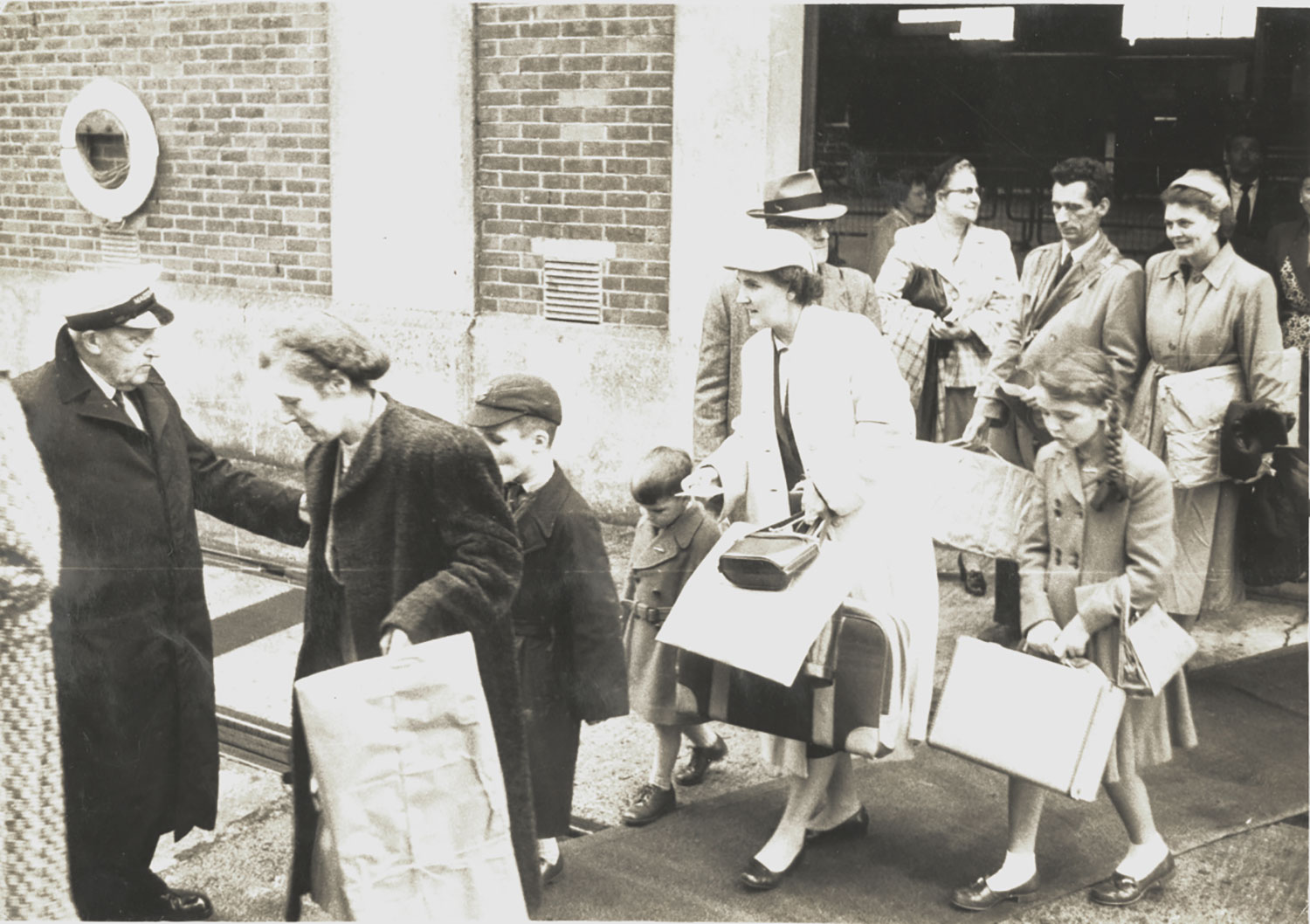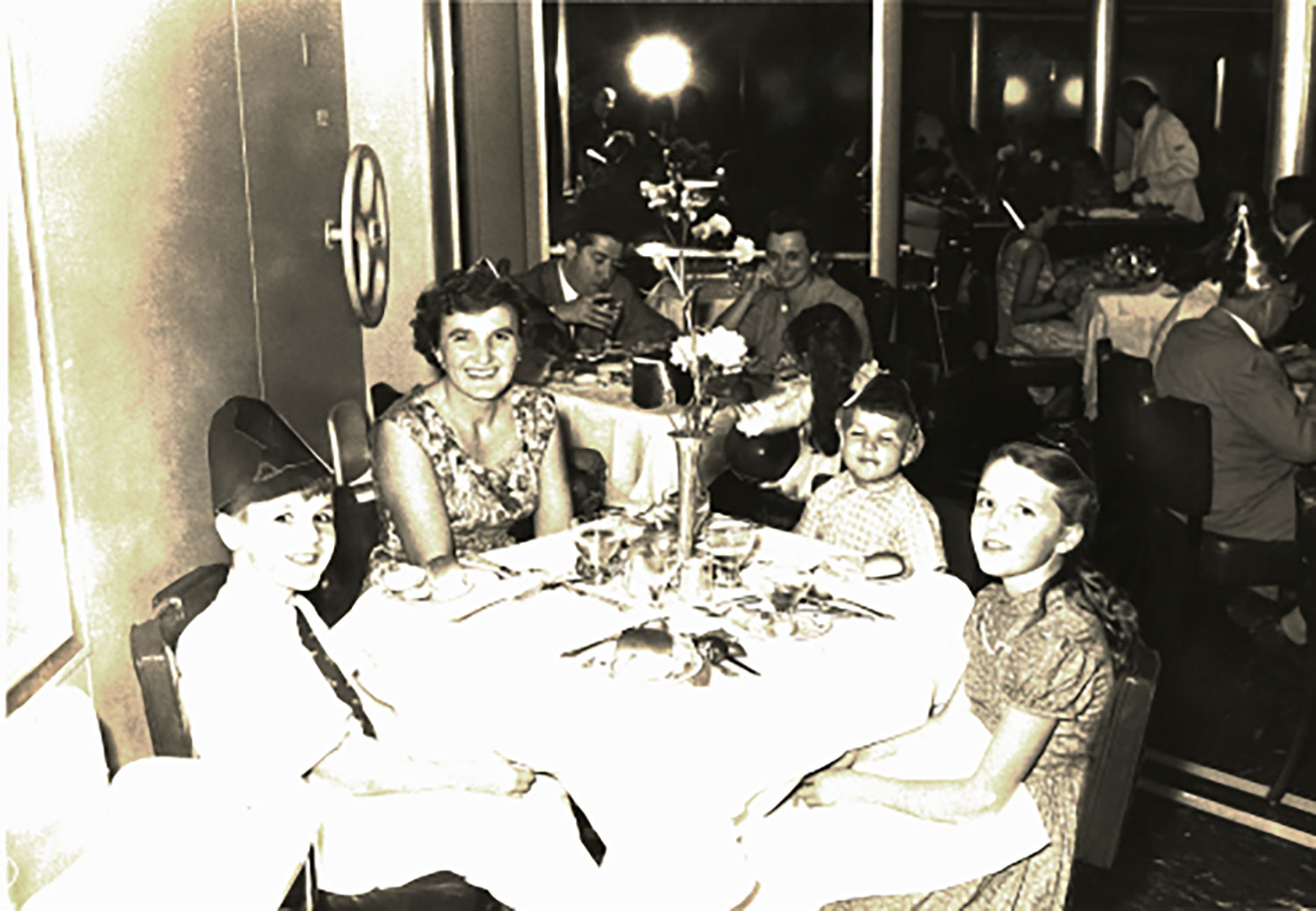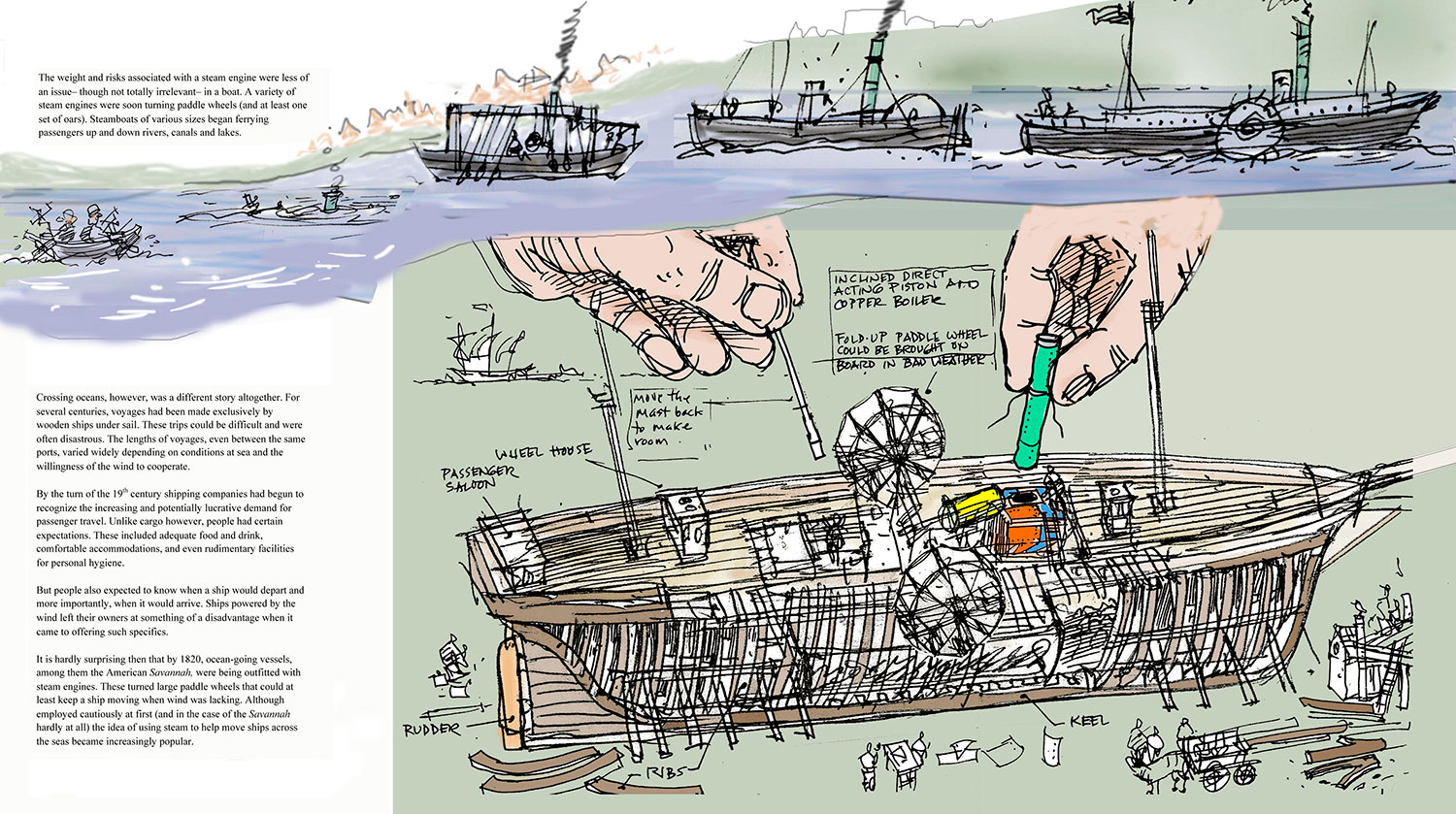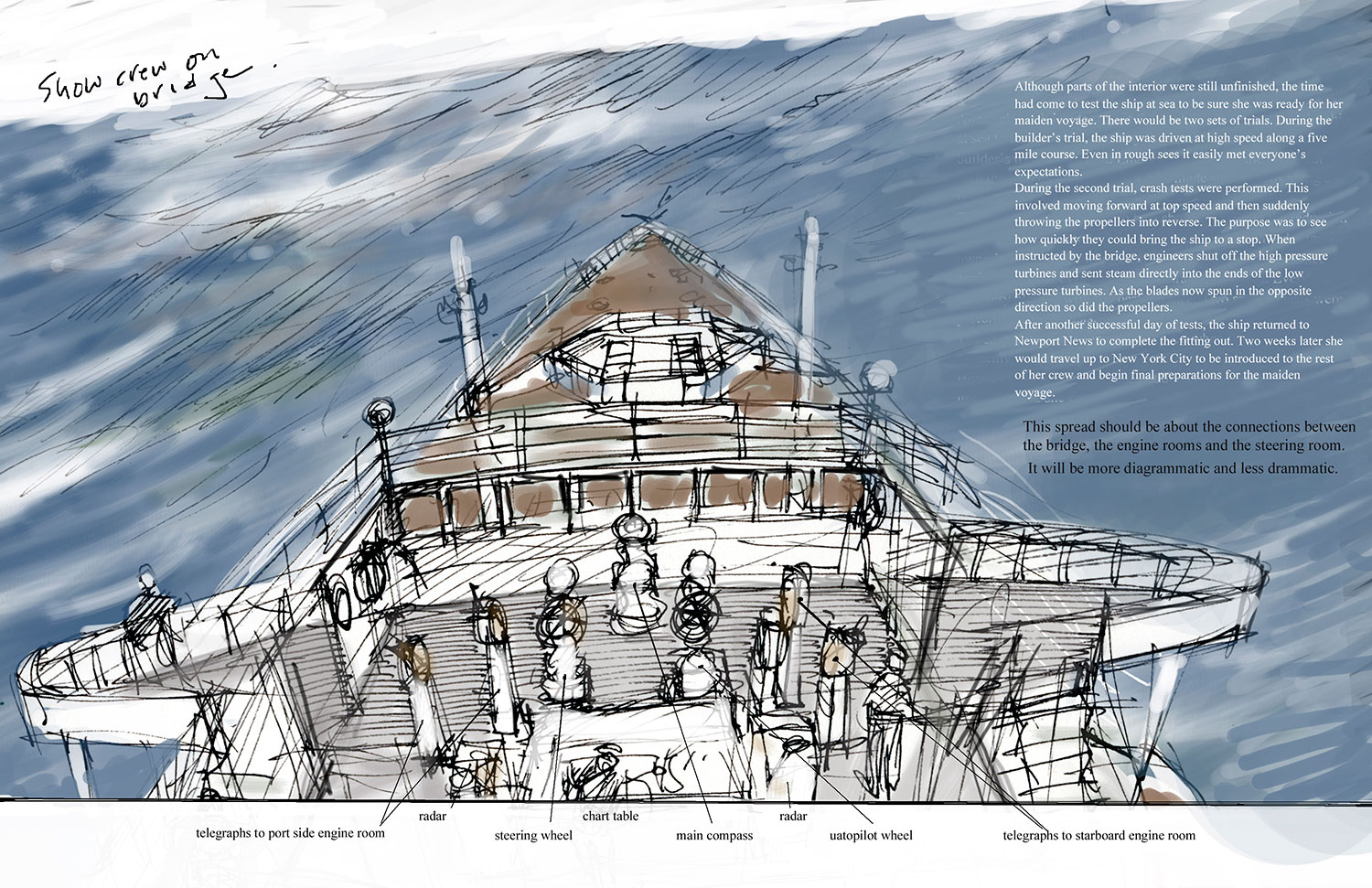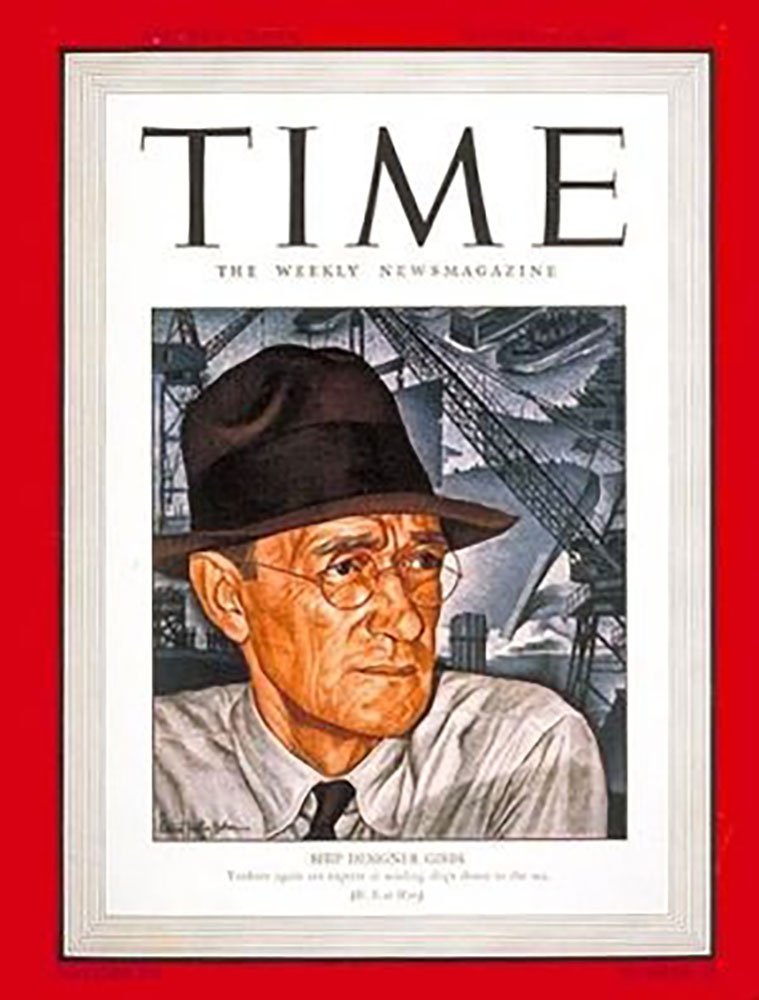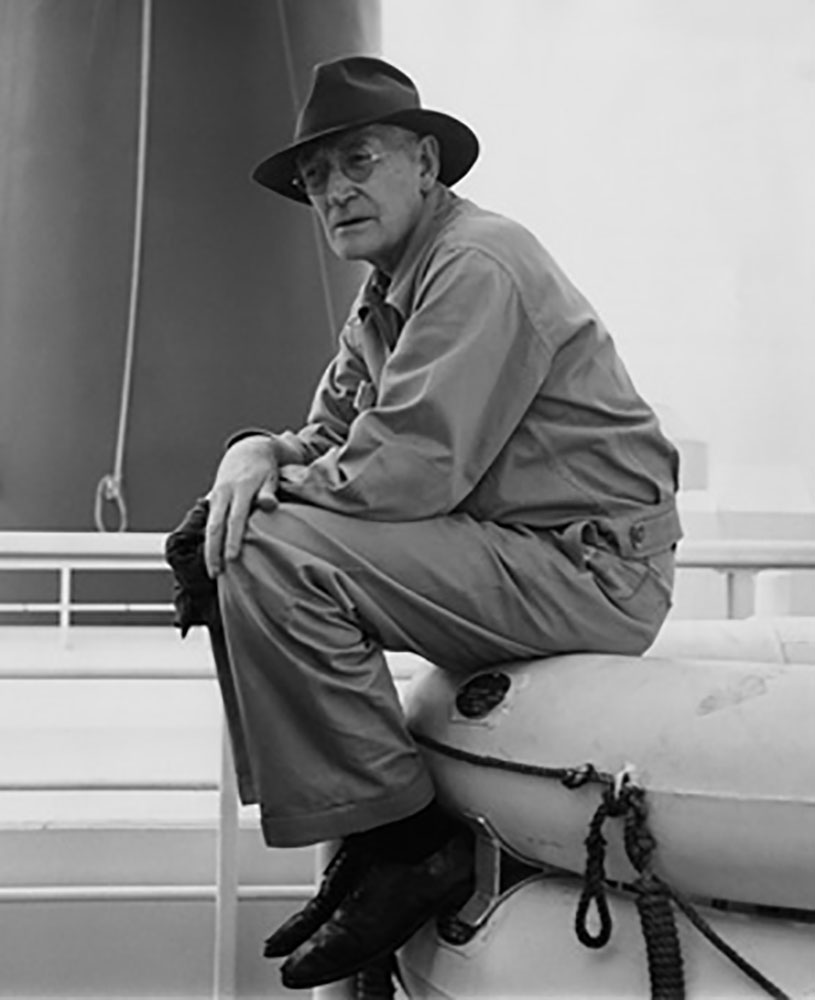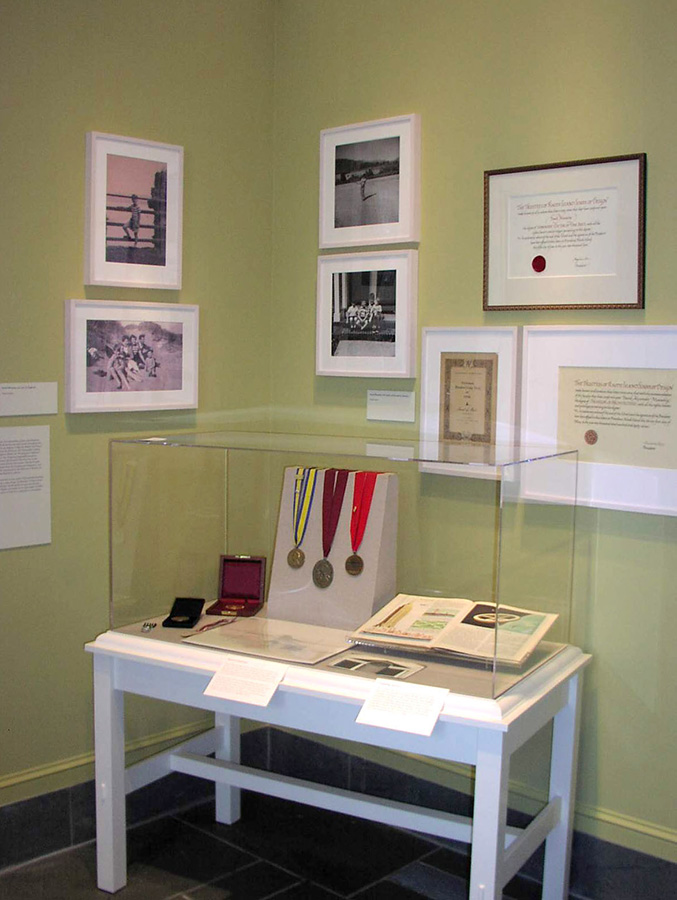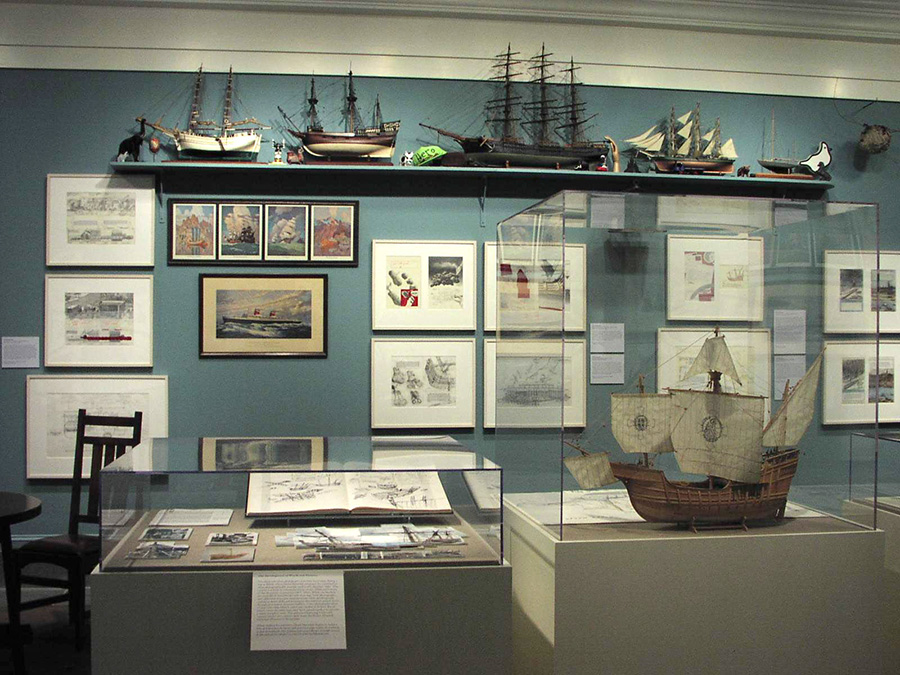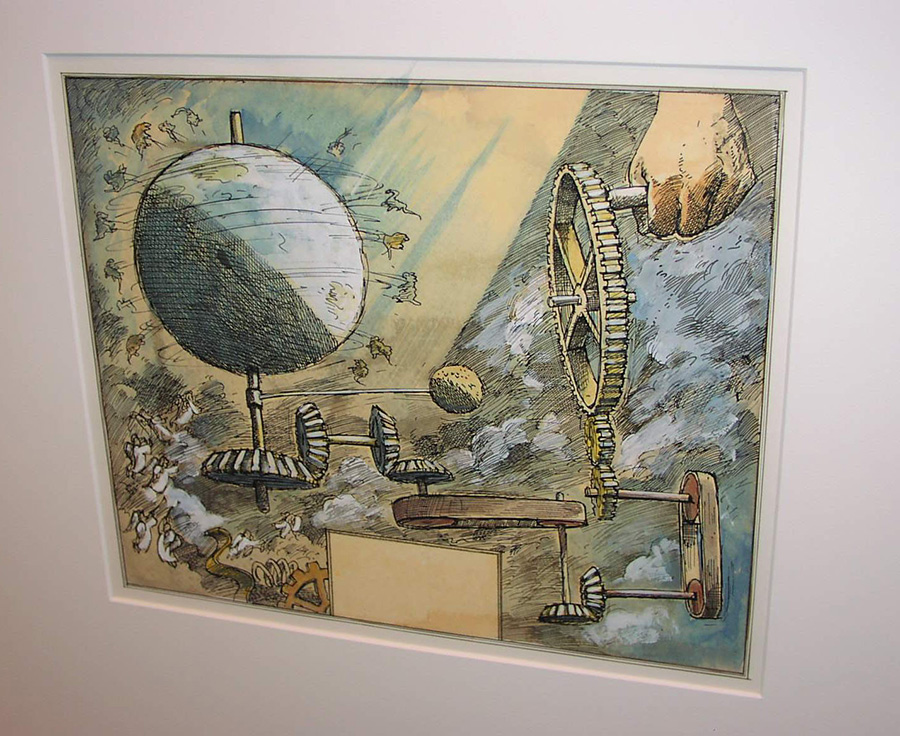Banner imagers courtesy of David Macaulay and the SS United States Conservancy ©2016
David Macaulay: Journey
David Macaulay: Crossing on Time from Bill Killon - Bannertree Films on Vimeo.
About the Exhibition
First exposed at a young age to the American flagged superliner; SS United States, during his family’s emigration from Great Britain to the United States, Macaulay has returned, years later, to illustrate the ship and it’s builder, William Francis Gibbs, while incorporating his own family’s story into the overarching narrative. This exhibition, highlighting the new book Journey, will incorporate original illustrations, photography and archival materials to showcase both a unique illustration talent as well as an American icon and technological marvel of the sea.
About the Artist
During his career as both an illustrator and an educator David Macaulay been propelled by his innate sense of curiosity towards projects that are considered historical and technological marvels both large and small. The images created out of these projects reflect his ability to view objects with the trained eye of an architect while distilling complex functionality into easily understood imagery. An accomplished draftsman, with an eye toward detail and a mischievous sense of humor, his work melds together large concepts and a sense of personal humanity to culminate in artworks that celebrate technological mastery as well as the individuals who are featured in his works.
Exhibition Themes
- An Immigration story – David Macaulay’s tale
- The Technological Leap – the SS United States represented
- The Master Builder – William Francis Gibbs
What’s in the show
- 50-70 Illustrations
- 10-15 Photographs
- 10-15 Archival Documents
- Ephemera (Case Objects) – David’s Journal, 3D Modeling, etc.
- Exhibition Film
An Immigration Story:
In 1957 David Macaulay, along with his mother, younger sister, and brother sailed from Southampton England to New York on the SS United States as immigrants, eventually meeting with his father who had flown over previously to begin a new life in the United States . This initial shipboard experience, at the age of ten, has stayed with Macaulay as a moment in the back of his mind for his entire life. His journey across the Atlantic serves as the narrative thread that weaves throughout both the book and the exhibition.
While serving as “Americas Flagship” the SS United States was the largest and fastest of its type and placed in the context of the post-war 1950s, the ship represents a vision of an America filled with promise. Not only a promise of luxury and refinement, but also the promise of America as a leader in the post-war era that served as one of many beacons to war-torn Europe and it’s residents.
The Technological Leap:
The SS United States represents a culmination and perfect synthesis of the art and science of shipbuilding during the post-war period in America. Using hard-earned knowledge gained from building commercial ships previous to the outbreak of the second World War, as well as innovations used during the war in construction of US Navy destroyers, the builders designed a ship that was fast, fireproof and as resilient to sinking as the military ships of the era.
Built at a cost of $79.4 million (nearly $750 million in today’s dollars) the ship is the largest ocean liner constructed entirely in the US and the fastest ocean liner to cross the Atlantic in either direction. Even in her retirement, she retains the Blue Riband, the accolade given to the passenger liner crossing the Atlantic Ocean in regular service with the highest speed.
Built to withstand fire and the dangers of sinking, the ship was constructed to US Navy specifications in order to rapidly be repurposed as a troop ship if hostilities ever broke out. In order to make her equally fast as she was durable; aluminum was used extensively in the construction of her superstructure as well as the various decorative and practical elements of the ship.
The SS United States had the most powerful steam turbines of any merchant marine vessel every constructed and her engines were comparable to the ones utilized in the aircraft carriers of the time.
The SS United States entered service in 1952, after five years of design and over two years of construction. On her maiden voyage, she became the fastest ship to cross the Atlantic Ocean, averaging 35.5 knots, and shaving off the crossing time by 10 hours. Between 1952 and 1969, the SS United States completed 400 voyages
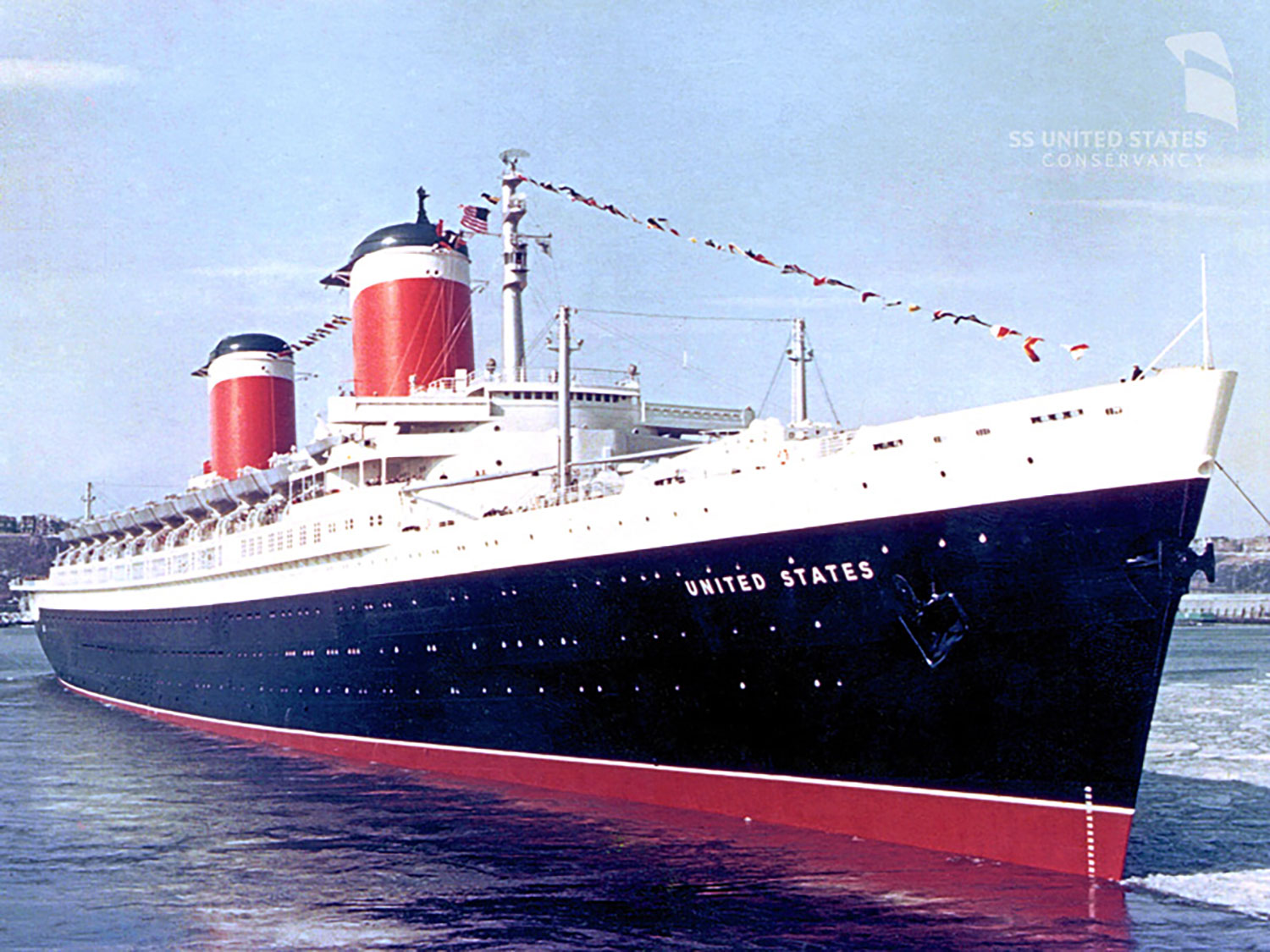
The Master Builder – William Francis Gibbs:
William Francis Gibbs (August 24, 1886 – September 6, 1967) was the man responsible for bringing the SS United States to life. A dogged proponent of the need for the United States of America to have a ship that would serve as an international flagship, the construction of the SS United States was the culmination of a brilliant career as a naval architect and designer.
Originally trained as a lawyer, Gibbs quickly left the field to follow his true passion, ship building, in 1915. Forming the company “Gibbs Brothers” (and later Gibbs and Cox in 1929) with his brother Frederic Gibbs serving as the business manager, the company began to quickly gain a reputation as a master in shipbuilding and design.
During the period between the world wars, Gibbs designed smaller liners and ships all the while improving on his ideas of design, propulsion and fireproofing. During World War II, 74 percent of all Navy vessels as well as over 60 percent of all Unites States mercantile ships were based on Gibbs & Cox’s designs.
After overcoming resistance in the Truman administration, Cox and Gibbs were awarded the contract to design and supervise the construction of the SS United States. This ship was the culmination of Gibbs career, and Gibbs relentlessly pursued the ideal of safety, speed and design.
Gibbs would often rise at dawn and have his chauffeur drive him out to Brooklyn so he could watch the ship as it returned from England, steaming through the Narrow and then drive over to Pier 82 in Manhattan to watch as she docked. To Gibbs this was more than a ship. It was an extension of himself and he took particular satisfaction in watching the ship in motion.
Gibbs passed away in 1967 as one of the ionic figures in American shipbuilding. The day after Gibbs died in 1967, the SS United States whistled a salute as she passed his Lower Manhattan office at Gibbs & Cox. The ship sailed for another two years before being taken out of service, a casualty of the ascendance of commercial jet aircraft.
Host this Exhibition
| Complete Facts | |
|---|---|
| Exhibition period: | Eight to twelve weeks |
| Content: | Approximately 60 original artworks; photographs; archival documents; personal ephemera; exhibition film; introductory and biographical panels and object/extended identification labels |
| Insurance: | All risk fine arts, wall to wall |
| Shipping: | Air ride, Climate controlled |
| Security: | High, all works must be within sight of a trained security officer/staff member at all times during public hours. |
| Environment: | Light level -18 to 22 foot candles for paintings and 5 to 7 foot candles for works on paper and other light restricted objects; humidity -50% plus or minus 5% and temperature 68 – 72 degrees, no direct sunlight and no direct contact with light fixtures or heating, air conditioning, ventilation, or electrical outlets |
| Space: | Approximately 1,200 square feet |



